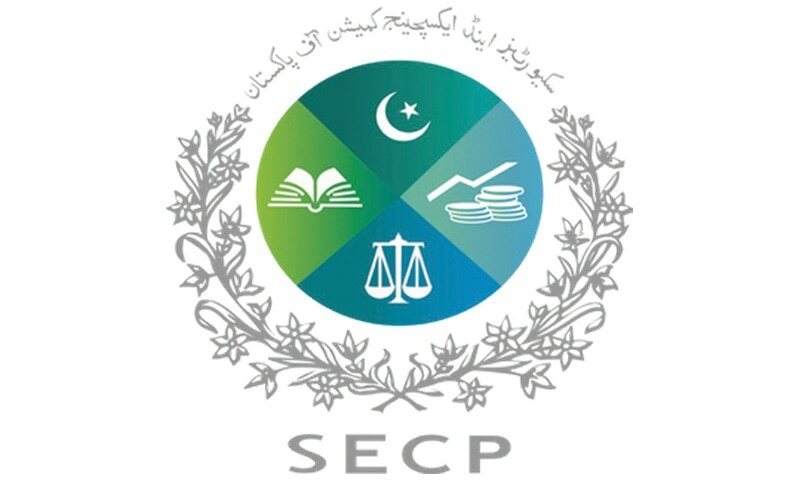Navigating Corporate Governance: A Comprehensive Guide on Holding AGM and EGM
Introduction:
Annual General Meetings (AGMs) and Extraordinary General Meetings (EGMs) are essential components of corporate governance, providing a platform for key decision-making and communication between shareholders and company leadership. In this detailed blog post, we’ll explore the intricacies of holding AGMs and EGMs, offering insights into the planning, execution, and significance of these vital corporate events.
Understanding the Basics: AGM vs. EGM
1. Annual General Meeting (AGM):
AGMs are mandatory annual gatherings where companies communicate with shareholders, present financial reports, and discuss strategic decisions. AGMs are a legal requirement for companies in many jurisdictions and serve as a forum for shareholders to vote on matters like the election of directors, approval of financial statements, and appointment of auditors.
2. Extraordinary General Meeting (EGM):
EGMs are convened outside the regular AGM schedule to address urgent or exceptional matters that cannot wait until the next AGM. These meetings are crucial for obtaining shareholder approval on issues such as changes to the company’s articles of association, mergers, acquisitions, or any other matters that require immediate attention.
Steps to Hold an AGM:
1. Determine the AGM Date and Venue:
Select a date, time, and venue for the AGM. Ensure compliance with legal requirements and consider factors such as accessibility for shareholders.
2. Prepare and Distribute Notices:
Issue formal notices to shareholders well in advance, including the agenda, date, time, and venue of the AGM. This information must comply with legal requirements and the company’s articles of association.
3. Draft the AGM Agenda:
Compile a comprehensive agenda covering standard items such as financial reports, director elections, and auditor appointments. Shareholders may also propose additional agenda items within specified time frames.
4. Compile and Share Documents:
Prepare and share necessary documents, including financial reports, resolutions, and any other relevant materials, with shareholders in advance. This allows them to make informed decisions during the AGM.
5. Conduct the AGM:
At the AGM, follow the prepared agenda, allowing time for discussions, questions, and voting. Ensure that minutes are taken, summarizing key discussions and decisions made during the meeting.
Steps to Hold an EGM:
1. Identify the Need for an EGM:
Clearly identify the reasons necessitating an EGM, ensuring that the proposed agenda aligns with legal requirements and the urgency of the matters to be addressed.
2. Prepare and Distribute Notices:
As with AGMs, issue formal notices to shareholders, specifying the date, time, venue, and agenda for the EGM. Clearly communicate the urgency and importance of the matters to be discussed.
3. Share Relevant Documents:
Provide shareholders with all relevant documents related to the agenda items, allowing them sufficient time to review and prepare for the EGM.
4. Conduct the EGM:
Follow a structured agenda during the EGM, allowing for discussions, debates, and voting on the specified matters. Like AGMs, EGMs also require accurate minute-taking to document decisions.
Conclusion:
Holding AGMs and EGMs is not only a legal obligation but a crucial aspect of transparent and effective corporate governance. By meticulously planning, communicating, and conducting these meetings, companies can foster trust among shareholders and ensure the smooth functioning of their operations. Always consult legal professionals to stay abreast of jurisdiction-specific requirements and compliance standards.



